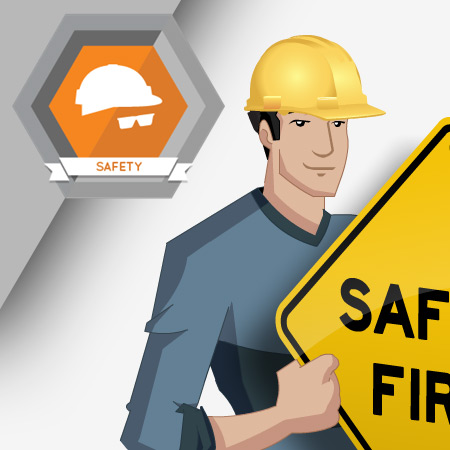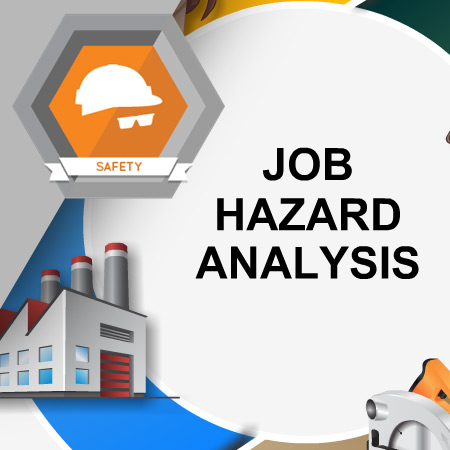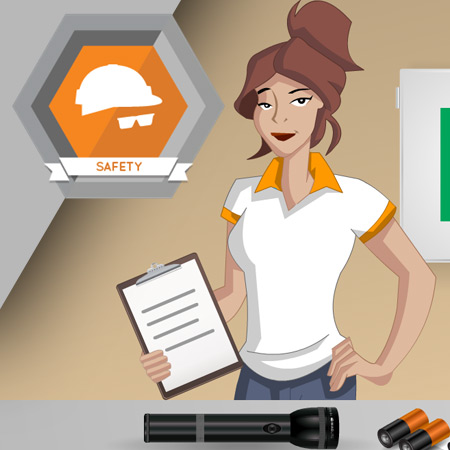
Before the 1970s, workplace accidents were common. The OSH Act was the first national standard to address workplace health and safety. This act created the Occupational Safety and Health Administration (OSHA), an organization that guarantees the rights of employees to a safe workplace.
Learning Objectives
- Describe OSHA’s role in workplace safety
- Know who OSHA does and does not cover
- List employee and employer rights under OSHA
- Understand what an OSHA standard is

Conducting a thorough job hazard analysis can make work a much safer place for employees. OSHA inspections also help prevent dangers and protect workers. However, workplace safety is not only affected by on-the-job hazards. Employee behavior plays a huge role as well.
Learning Objectives
- Understand the job hazard analysis process
- Know each step of an OSHA inspection
- Identify the different types of citations and penalties
- Know where to find more safety information
- Recognize guidelines for preventing workplace violence
- Spot substance abuse issues

Emergencies are never expected, and chaos can quickly ensue. That is why it is important to establish an emergency action plan before a crisis occurs. When an emergency does happen, someone needs to be available to administer first aid. Employees also need to know how to prevent exposure to blood borne pathogens.
Learning Objectives
- Develop an emergency action plan
- Know where to find first-aid training
- Control your exposure to blood borne pathogens
